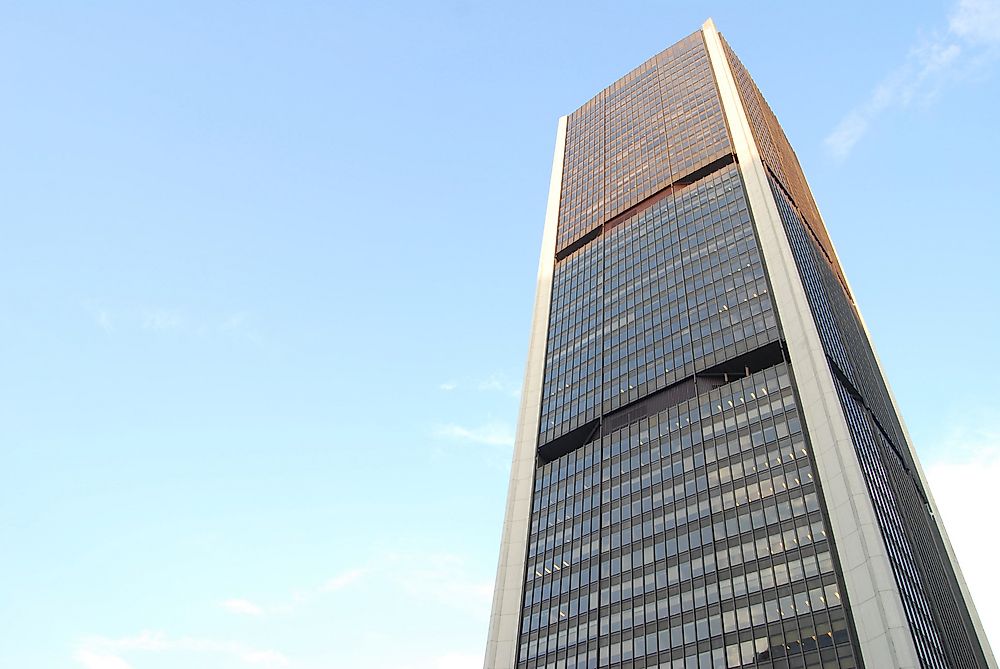What Was the October Crisis?

Background
The territory in contention was Quebec, the second-largest province in Canada. Quebec is different from the other territories and provinces in Canada as it is the only province that is predominantly francophone. Another special characteristic of Quebec was that while the rest of the country was predominantly Protestant, the majority of the population in Quebec was Catholic. These factors were the basis used by a group of influential activists from Quebec who founded a secessionist movement known as “Front de Liberation du Quebec” (FLQ) or the “Rally for National Independence” in 1963. The movement called for the secession of Quebec and the establishment of an independent Quebecois state. The movement became increasingly popular among the general population with people being discontented by the rising unemployment within the province. The Front de liberation du Quebec wanted the secession and would use all means necessary including the use of violence. The FLQ detonated about 95 bombs between 1963 and 1970 which caused at least three deaths and numerous injuries.
Violent Incidents
In the months preceding the October Crisis, the FLQ had gained a huge following drawn from university students and teachers who took to the streets in solidarity with the movement. The FLQ engaged in many violent incidents which occurred in waves with the first wave happening in March 1963 soon after its formation. During the first wave, the FLQ engaged in the destruction of infrastructure by detonating bombs planted on railway tracks. The second wave was conducted by a branch of the FLQ called the “Quebec Liberation Army” which was primarily responsible for robberies. The sixth wave was the final wave of the October Crisis and was one of the most violent. One particular incident of the sixth wave happened on February 13, 1969 where the FLQ set off a bomb at the Montreal Stock Exchange which resulted in serious injuries of 27 people and massive destruction of property.
The October Crisis
After the bombing of the Montreal Stock Exchange, dozens of FLQ members were arrested and imprisoned. On October 5th, 1970, two members of the FLQ kidnapped the British Trade Commissioner, James Cross, and issued a statement calling for the release of the imprisoned FLQ members in exchange for freeing Cross among other demands. The government through Canadian Secretary of State for Foreign and Commonwealth Affairs said that it would not give into the demands. On October 10th, the FLQ kidnapped the Minister of Employment and Labor, Pierre Laporte. Alarmed by the second kidnap of a government official, the Canadian government sent troops from the army to patrol the Ontario-Quebec border. The two sides also appointed representatives to commence negotiations. On October 15th, around 3,000 students took to the streets in solidarity with the FLQ. The premier, Robert Bourassa requested the Canadian government to grant the government of Quebec permission to implement the War Measures Act which granted the police exceptional powers. The implementation of the act was successful with dozens of FLQ members being arrested. In response, the FLQ executed Pierre Laporte.
End of the Crisis
The October Crisis officially ended on December 4th, 1970 after fruitful negotiations between the national government, the government of Quebec, and the FLQ. James Cross was released after 59 days and the kidnappers requested to be exiled to Cuba instead of facing trial in Canada.











